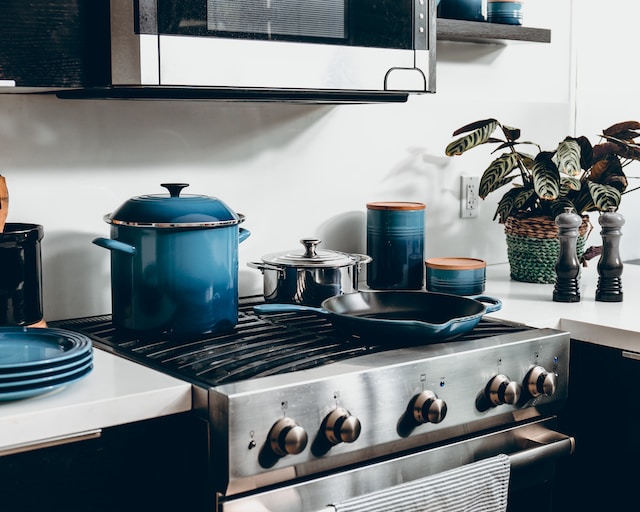
Aspiring home cooks often face the challenge of creating delicious meals while having limited time and resources. But investing in quality kitchen tools and gadgets can make cooking easier, more enjoyable, and more efficient. From basic tools like cutting boards and knives to specialized gadgets like immersion blenders and sous vide machines, the right equipment can turn any home cook into a culinary master.
Cutting vegetables with a sharp knife instead of a dull one not only saves time, but it also increases safety. Similarly, using a good quality cutting board can prevent bacteria from sticking to the surface and contaminating food. On the other hand, gadgets like immersion blenders and food processors can take the place of manual labor, allowing for quicker and easier preparation of ingredients.
There are also specialty tools that can enhance the quality of dishes. For example, a sous vide machine can cook meat to the perfect temperature, resulting in tender, juicy meat that is evenly cooked throughout. And a pasta maker can turn simple ingredients like flour, eggs, and salt into fresh, delicious pasta that far surpasses the taste of store-bought noodles.
Investing in quality kitchen tools and gadgets not only makes cooking easier, but it can also inspire creativity and the desire to try new recipes and techniques. So whether you’re a seasoned chef or a novice cook, having the right equipment can make all the difference in the kitchen.
Essential Kitchen Tools
When it comes to building a well-equipped kitchen, it’s essential to have certain tools that will make cooking easier, more efficient, and more enjoyable. From the humble wooden spoon to the versatile cast iron skillet, these essential kitchen tools are used in almost every recipe and can be relied upon to produce great results. In this section, we will explore the foundational tools that every aspiring home cook should have in their kitchen to take their cooking to the next level.
Knives
When it comes to kitchen tools, one piece that every home cook should invest in is a good set of knives. Knives are essential for precise cutting, slicing, and chopping of ingredients, and are used in almost every recipe. Here’s an overview of different types of knives and their uses, as well as tips for maintaining and sharpening your knives for optimal performance.
Different Types of Knives
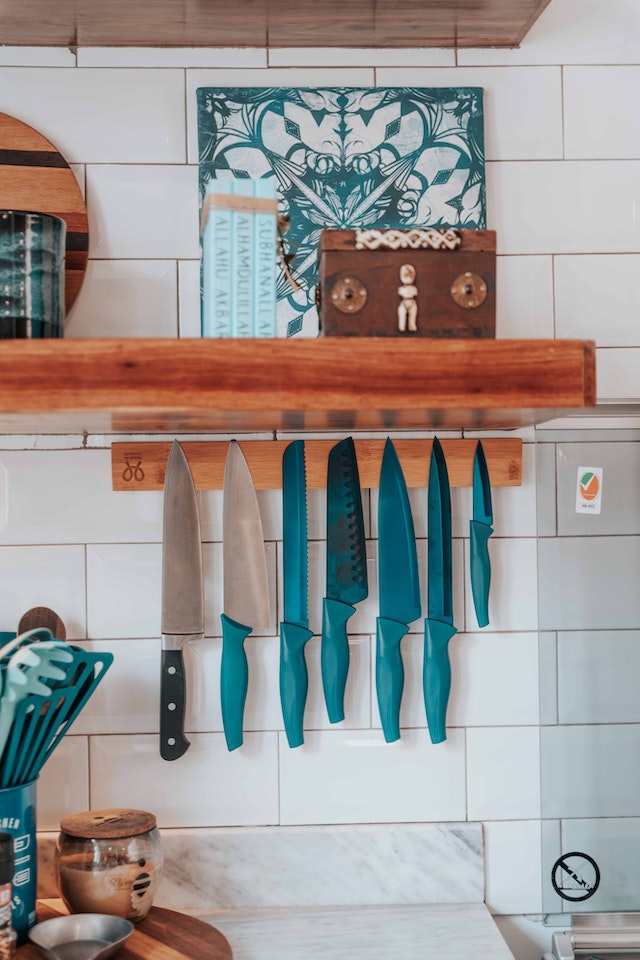
Chef’s Knife: This is the most versatile knife and can be used for almost any cutting task, from chopping vegetables to slicing meats. It usually ranges in size from 6-12 inches and has a curved blade that allows for a rocking motion when cutting.
Paring Knife: These smaller knives are perfect for precision tasks like peeling and trimming small fruits and vegetables
Serrated Knife: A serrated knife has teeth along the blade, making it ideal for cutting through crusty bread, tomatoes, and other soft fruits and vegetables
Santoku Knife: This Japanese-style knife is similar to a chef’s knife but has a thinner blade and a flatter edge, making it ideal for slicing and dicing.
Importance of Quality Knives in Food Preparation
Investing in quality knives not only makes food preparation easier and more efficient, but it also increases safety in the kitchen. Dull knives can slip and cause injuries, while sharp knives allow for more control and precision when cutting. Quality knives will also last longer and require less frequent sharpening, saving you money in the long run.
Cutting Boards
Another essential tool for any kitchen is the cutting board. Not only does it provide a stable surface for cutting and chopping ingredients, but it also helps to protect countertops from scratches and stains. However, not all cutting boards are created equal, and choosing the right one can make a significant difference in food safety and longevity.
Cutting boards come in a variety of materials, the most common being wood, plastic, and bamboo. Wooden cutting boards are durable and have a natural antibacterial effect due to their porous surface, which absorbs bacteria-harboring fluids. Plastic cutting boards, on the other hand, are easier to clean and can be placed in the dishwasher. Bamboo cutting boards are eco-friendly, lightweight, and durable.
When selecting a cutting board, it’s important to consider its intended use and the type of ingredients you will be cutting. Wooden cutting boards are ideal for cutting meat, while plastic boards are better for cutting vegetables and fruits, as they can be easily sanitized in the dishwasher. Bamboo boards are suitable for everyday use and can be used for both meat and produce.
Cookware
Cookware is another essential aspect of any well-equipped kitchen. From frying pans and saucepans to Dutch ovens and stockpots, there are countless types of cookware to choose from, each with its own unique features and advantages. Here’s a breakdown of some of the most common types of cookware and their uses:
Pots and Pans
The most basic cookware, pots, and pans are used for cooking a variety of dishes, from soups and stews to stir-fries and sautés. Some essential types of pots and pans include:
- Saucepan: Ideal for simmering sauces and cooking grains
- Skillet: Used for sautéing, frying, and browning foods
- Dutch oven: Perfect for slow-cooking stews, roasts, and braised dishes
- Stockpot: Designed for making large batches of soup or broth
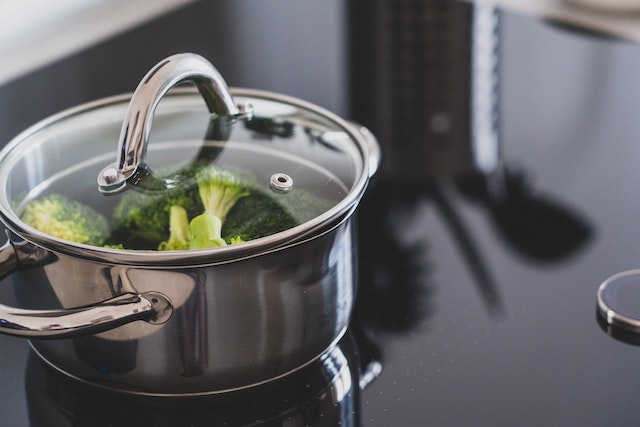
Cookware Materials
Cookware comes in a variety of materials, each with its own unique features and properties. Here are some of the most common types:
Stainless Steel: Durable and easy to clean, stainless steel is a popular choice for cookware. It is non-reactive, which means it won’t affect the flavor of acidic foods.
Cast Iron: This heavy-duty material is known for its ability to retain and distribute heat evenly, making it ideal for searing meat and baking casseroles. It requires a bit more maintenance than other materials, as it needs to be seasoned to prevent rusting.
Non-Stick: Non-stick cookware is coated with a material that prevents food from sticking to the surface. This makes it ideal for cooking delicate foods like eggs and fish, but it requires gentle handling to prevent scratching the surface.
Ceramic: Ceramic cookware is non-reactive and provides even heating, making it great for cooking stews and soups. However, it can be fragile and may crack if exposed to sudden temperature changes.
Investing in quality cookware can improve the taste and consistency of your cooking, making it a worthwhile investment for any aspiring home cook.
Utensils
Utensils are an important part of any kitchen, as they help in preparing, cooking, and serving food. Investing in high-quality utensils can make cooking a more efficient and enjoyable experience. Here are some essential utensils that every kitchen should have:
- Spatula – used for flipping and turning food, as well as spreading and scraping ingredients.
- Whisk – used for mixing ingredients, beating eggs, and making sauces.
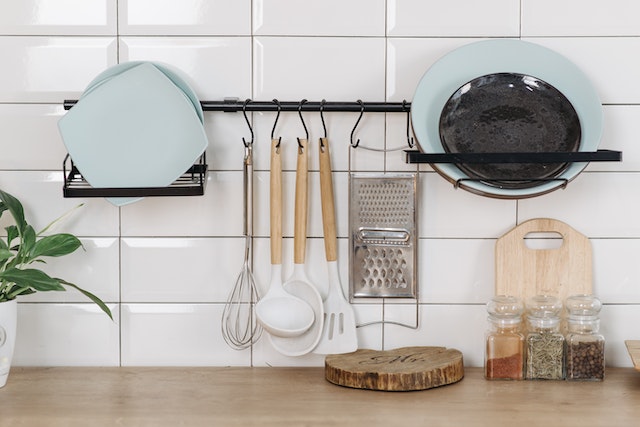
- Tongs – used for picking up and turning food, as well as tossing salads.
- Wooden Spoon – used for stirring and mixing ingredients, as well as cooking and serving.
- Ladle – used for serving soups and stews, as well as scooping sauces and gravies.
In addition to these essential utensils, there are also specialized utensils designed for specific cooking tasks. These include:
- Slotted Spoon – designed for draining and serving foods like vegetables and pasta.
- Meat Thermometer – used to measure the internal temperature of meat to ensure it has been cooked to a safe temperature.
- Grater – used for grating cheese, vegetables, and fruits, as well as zesting citrus.
- Garlic Press – used for crushing garlic into a paste for easy incorporation into dishes.
Measuring Tools
As a home cook, one of the most crucial aspects of cooking and baking is getting accurate measurements. Whether you’re making a cake, roasting a turkey, or preparing a marinade, accurate measurements are key to achieving the desired taste and texture of the dish. That’s why every kitchen should have a set of reliable measuring tools, including measuring cups, spoons, and a kitchen scale.
Measuring cups come in various sizes, usually ranging from 1/8 cup to 1 cup. These cups are used to measure dry ingredients such as flour, sugar, and spices. They usually have a flat surface for leveling off the ingredients, ensuring that you get an accurate measurement. Measuring spoons are used for precise measurements of small amounts of liquid or dry ingredients, such as vanilla extract and baking powder.
Must-Have Kitchen Gadgets
In addition to essential kitchen tools, there are also many gadgets available that can make cooking even easier and more enjoyable. Here are five must-have kitchen gadgets that every aspiring home cook should consider:
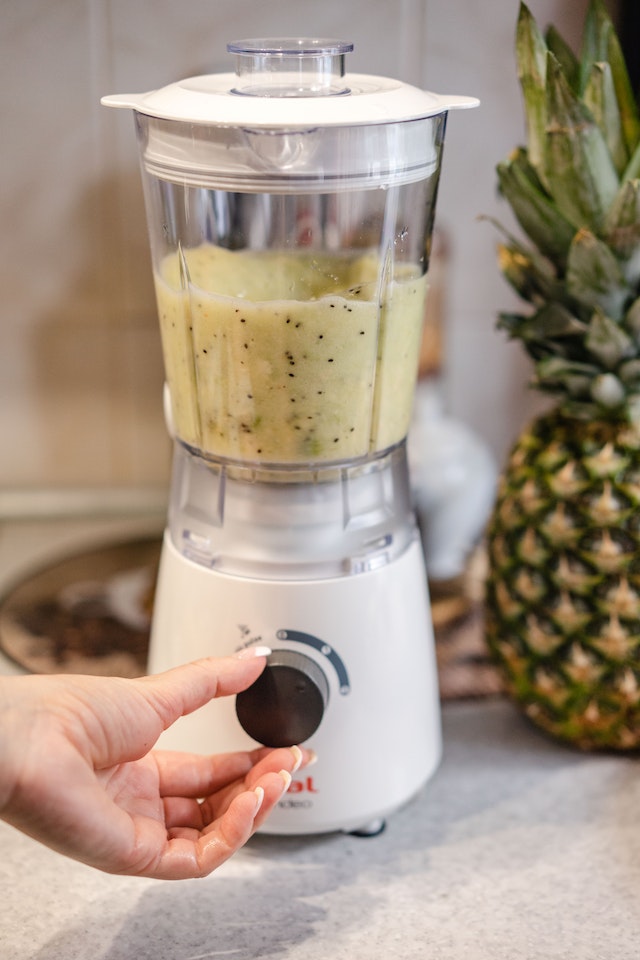
Blender
A high-quality blender is essential for making smoothies, soups, and sauces. Look for a blender with a powerful motor, multiple blending speeds, and a sturdy jar. Some blenders also come with additional attachments, such as a food processing bowl.
Food Processor
A food processor can chop, shred, and puree ingredients quickly and efficiently. It’s perfect for making homemade dips, salsa, and hummus, as well as chopping vegetables for soups and stews.
Slow Cooker or Instant Pot
These gadgets are a busy home cook’s best friend. They allow you to cook meals low and slow, with minimal effort. Slow cookers are great for making stews, casseroles, and chili, while Instant Pots can pressure cook, slow cook, saute, and more.
Mandoline Slicer
A mandoline slicer allows you to make precise cuts of fruits and vegetables quickly and easily. It’s perfect for making thinly sliced potatoes for homemade chips, or julienning carrots for salads.
Kitchen Scale
A kitchen scale is an essential tool for any baker. It allows you to measure ingredients by weight, ensuring accuracy and consistency in your baked goods. Look for a scale with a clear digital display and a tare function for easy measurement of multiple ingredients.
Investing in high-quality kitchen tools and gadgets can make cooking and baking easier, more efficient, and more enjoyable. Whether you’re a seasoned chef or just starting in the kitchen, having the right equipment can make all the difference in the quality of your meals. So consider investing in some essential kitchen tools and gadgets and take your cooking to the next level!
